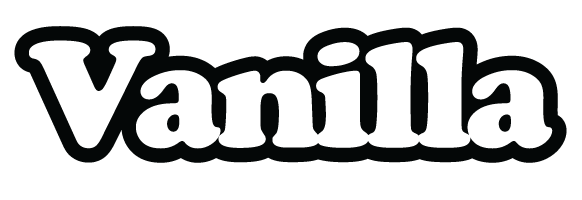What inspired you to focus on using up-cycled materials in your collection?
In the time of COVID, it can be hard being a student. While the late teens/early twenties are supposed to be the most exciting time for my final year as a student. With no campus life, all shops closed, endless Zoom calls, monotony, and an unstable future to work towards; being a student can feel tiresome and pointless- especially if you’re getting your degree in such a tactile field as fashion. For me, it has been a time where we are asked to look at how we can re-use recycled material to create something new.
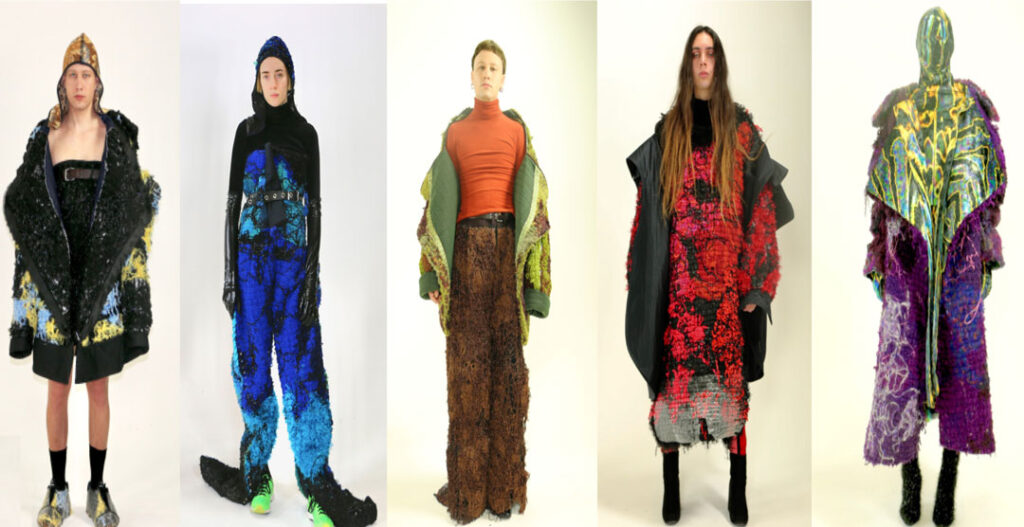
In your latest collection you have created these vividly colourful bomber jackets, what was the process of creating them and what informed your creative choices?
In my last collection I tried to combine art pieces with fashion with an emphasis on the importance of prints and the history behind them. The pieces are a result of collaboration with an origami artist. The pieces reflect tradition and the modern way of life. The colour combination reflects the influence of Eastern cultural aesthetics.
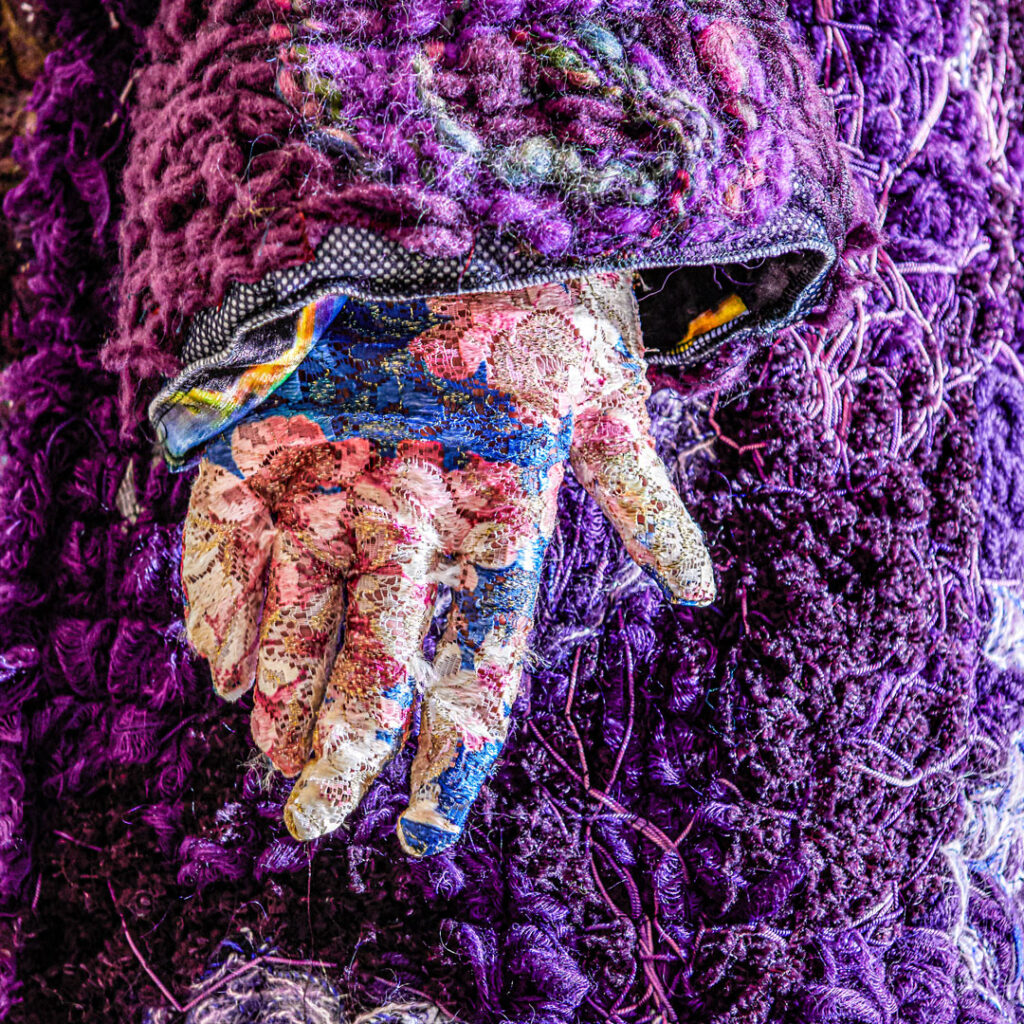
How do you create your own textiles? Do you begin by creating the materials first or by looking at the final design and using that to inform the materials?
My work is an experimental investigation and development in the production of textiles. While I combine new and old working methods to do this, I am particularly interested in exploring and using traditional crafts. With this project I focused on using ikat to bind all the pieces together. I was inspired by the volcanoes in Indonesia, I was interested in transforming the effects of the eruptions, specifically the colourfulness and surface textures of the lava into my fabrics.
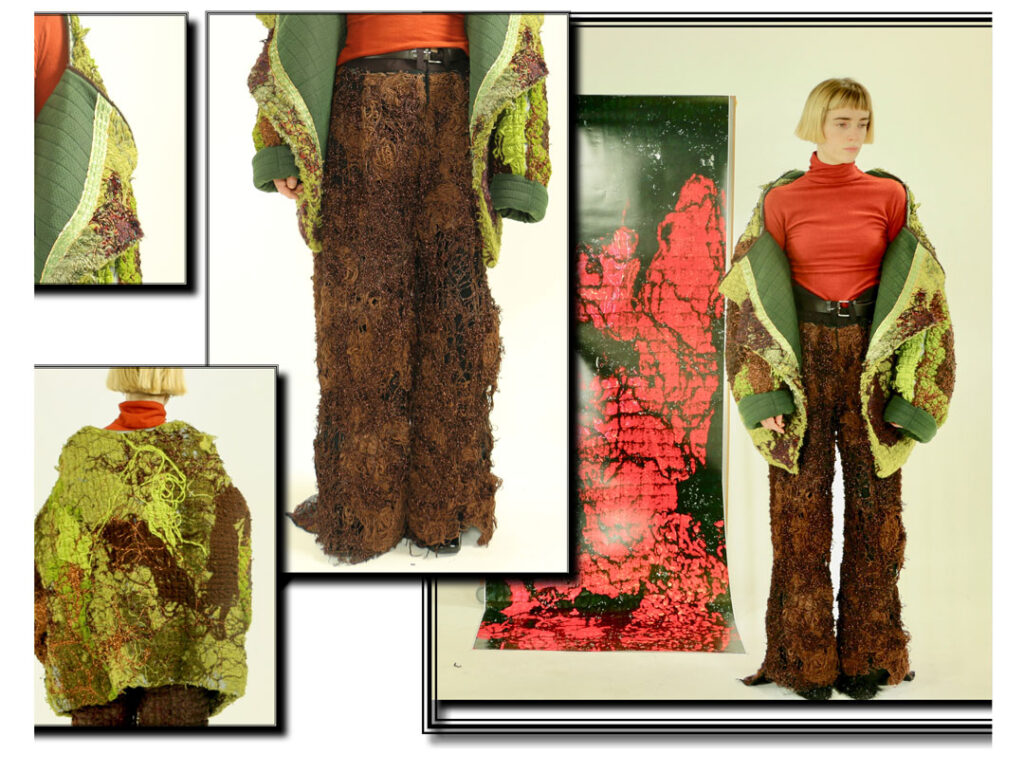
What does the word “sustainability” mean to you and how does it inform your work?
Sustainability for me is the exploration of what we already have in our environment and creating something useful for the next generation. I tried to do my best to develop a processing technique that leaves very little environmentally harmful residue and allows for a more ecological and fair value creation.
You recently showed your collection at Milan Fashion Week, what was that like?
My collection ‘Omicroneous’ for Milan Fashion Week Fall/Winter 2022/23. I created it using upcycling using deadstock fabric. Some pieces included deconstructed materials from my last collection to create a fresh look.
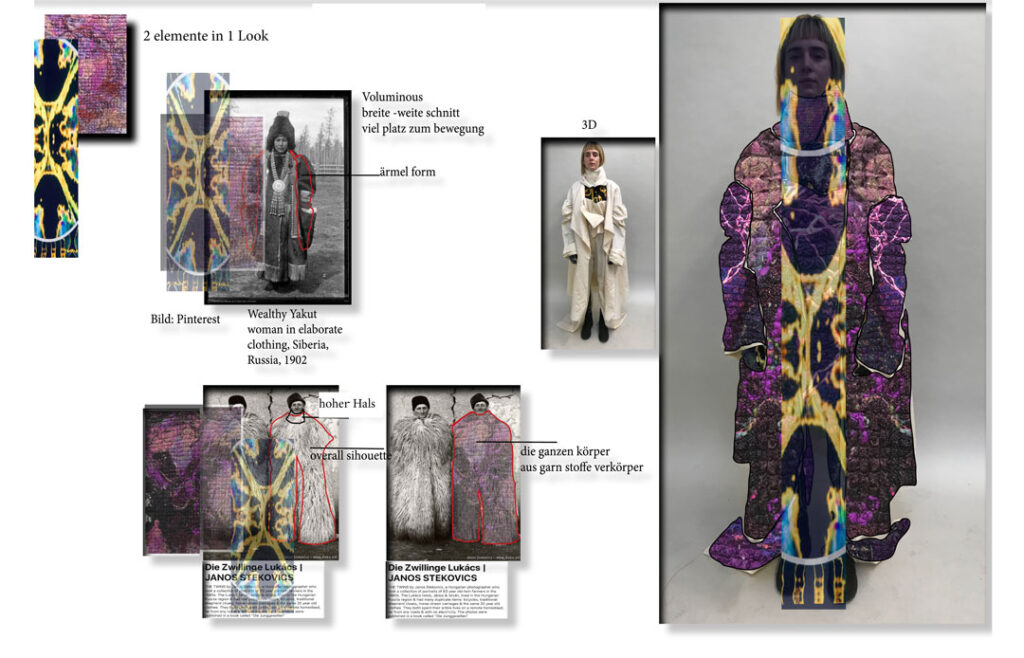
How has the pandemic impacted your work? How has it affected you both creatively and in your production process?
The pandemic was the best time for me to learn a lot and focus on what it really means to be a sustainable designer. I also learned the possibilities creating something with what I already have.
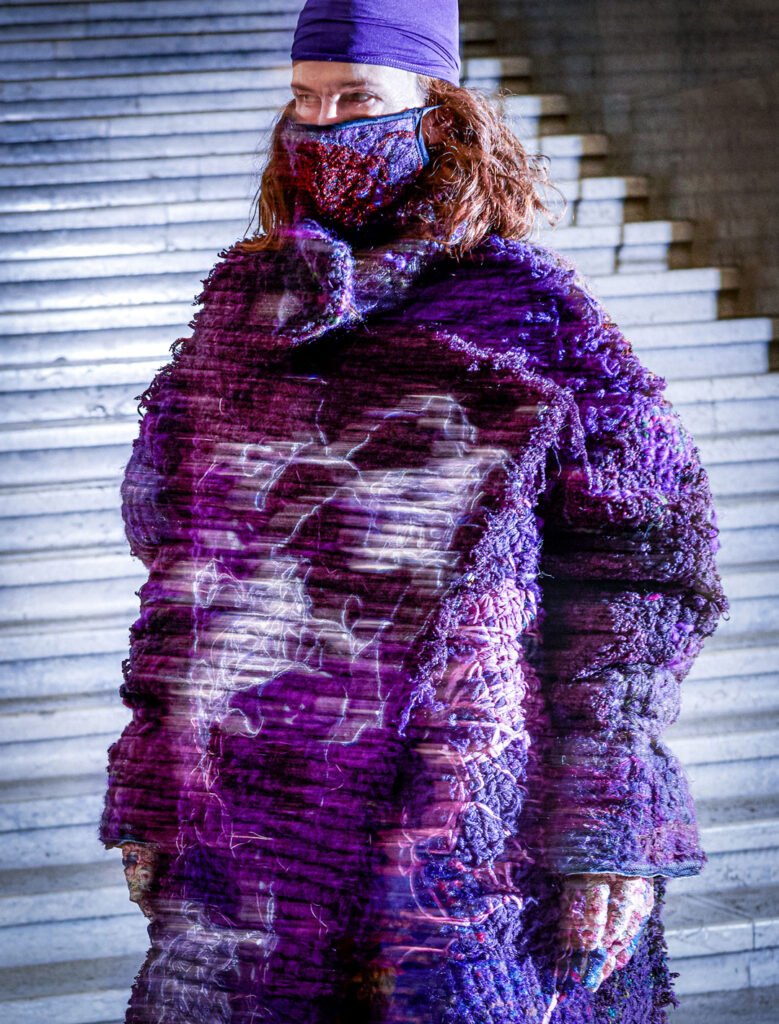
Where do you see your work going in the future?
I’m looking forward to work with some exciting or new materials that I’ve never used before and continuing with sustainable processes as far as I can with no boundaries in my creativity.
You can view more of Johan Anes work on his Instagram

